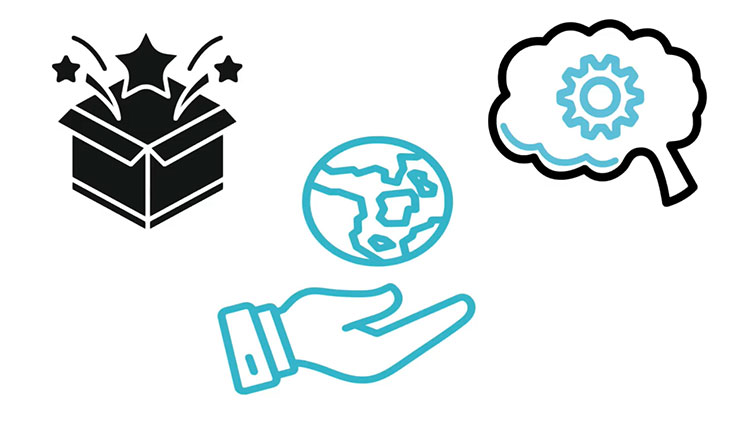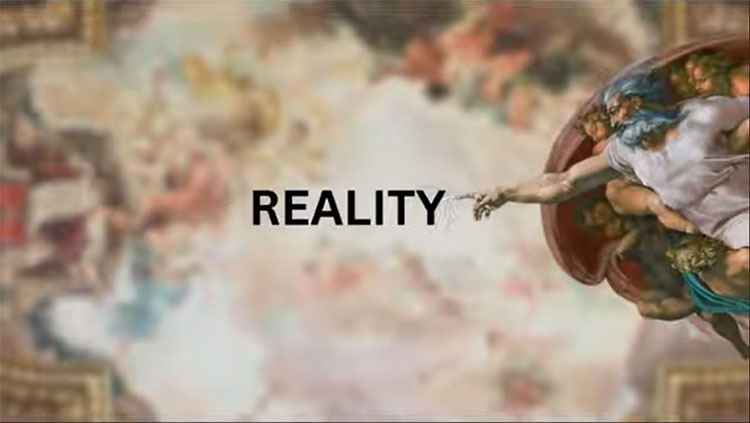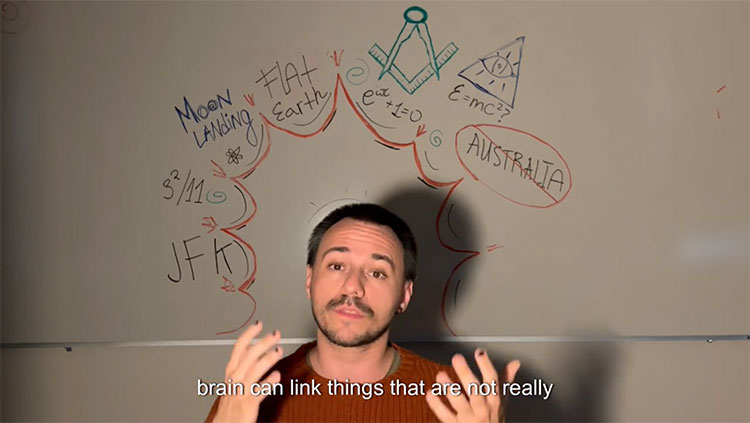You may not be a telepathic superhero, but you can read minds. Your ability to infer other people’s thoughts, desires, and beliefs — and understand that they can be different from your own — is called theory of mind. It develops between the ages of three and six and is important for social interaction and imagination.
This video is from the 2019 Brain Awareness Video Contest.
CONTENT PROVIDED BY
BrainFacts/SfN
Transcript
Have you ever wished you had the power to read minds? Well, you may not realize it but, in a way, you do! And there’s no better way to realize than by observing young children who are still developing these abilities and are not yet mind-reading superheroes like the rest of us.
These abilities are what neuroscientists call theory of mind. That is, the ability to think about other people’s beliefs and desires and to understand that they could be different from your own. You use this ability to make sense of or predict other people’s behavior. Theory of mind is developed between the ages of three and six in typical children.
This has been observed across cultures thanks to many different tests of varying difficulty. The easiest concept for children to grasp is the idea that two people can have different desires. Much harder for them is the concept that two people can have different beliefs.
This concept is what is tested in the most famous test of theory of mind, the Sally-Anne task, which I will demonstrate in just a second. Not all children develop theory of mind at the same rate, as you will see in this video, where two children who are both five years and four months old will perform differently.
This is Sally. This is Anne. Sally has a basket. Anne has a box. Sally has a new ball. She decides to put her ball in her basket. And then she goes to play outside where she won't be able to see or hear anything. While Sally is outside, Anne takes Sally’s ball out of the basket and puts it in her box instead. And then, she goes to play outside.
When Sally comes back, where will she look for the ball?
Narrator: “Where will she look for the ball?”
August: “In the suitcase.”
Narrator: “Which one, the box or the basket?”
August: “The box.”
Hazel: “In the basket.”
To succeed, the children have to understand that Sally’s belief about the ball is different from their own belief. Sally believes the ball is in the basket where she left it. Her belief does not reflect reality. This is called a false belief task.
It may seem easy but it’s actually one of the hardest tasks that test theory of mind because you have to be able to maintain two different conceptualizations of reality in your mind at once. One of the only concepts that is even harder for young children to grasp is the idea that people can be displaying one emotion, while they feel an entirely different one.
These theory of mind skills may seem a bit arbitrary, but they are very important for everyday life for both children and adults. We use these skills to have successful social interactions, to keep secrets and discern lies, to use our imagination, and to understand metaphors and sarcasm.
You may have noticed that all of the skills I’ve just listed are things that people with autism tend to struggle with. In fact, a deficit in theory of mind is one of the main symptoms of autism. While typically developing kids perform well on the Sally-Anne task from the age of about five, people with autism tend to fail until much later and some never seem to develop the skills to succeed at this task. This is due to the fact that their brains develop differently.
When non-autistic people process theory of mind tasks, they typically activate areas in the temporal poles and the temporoparietal junction (here and here) and the medial prefrontal cortex which, if we cut through the brain, we’ll find here. In contrast, people with ASD don’t activate these areas and instead activate general problem-solving areas.
Autism Spectrum Disorder affects about two percent of the population so next time you take your mind-reading abilities for granted, remember that not everyone can use them so easily.
Also In Thinking & Awareness
Trending
Popular articles on BrainFacts.org


.jpg)














